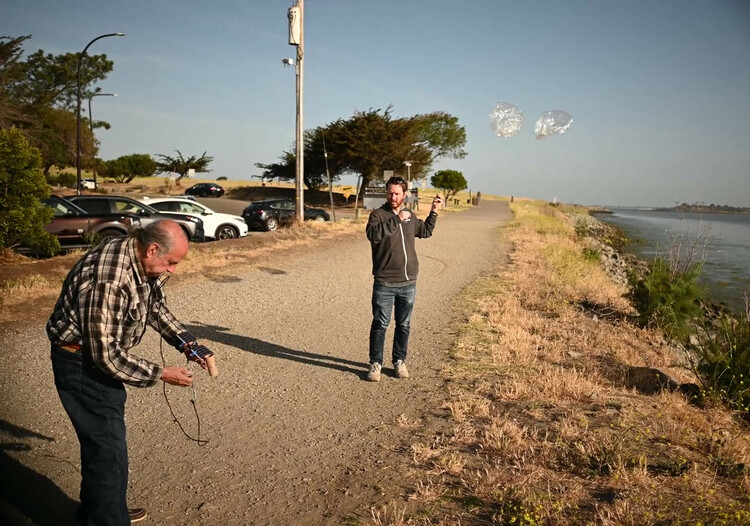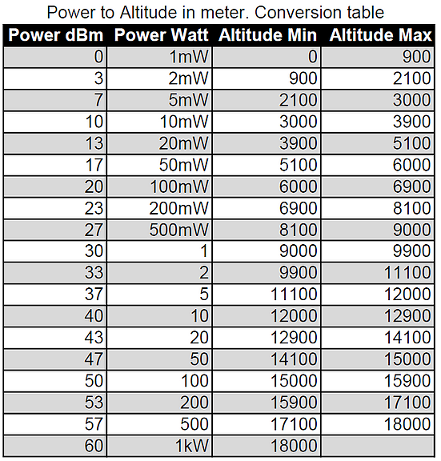After a short break from the previous launch, we launched again on the morning of Saturday August 14th, 2021. The launch party was Martin W6MRR, Robert K6RGG, and myself KF6ZEO. We launched again from the northwest corner of the Berkeley Marina.
Martin W6MRR had made some changes to the tracker PCB layout to try and mitigate GPS RFI issues, but since none of the standard layout changes made were helping at all, we decided to use an older board design that flew previously. We also decided to bring two trackers. Each tracker was identical electronics and balloon inflation, just different callsigns.
Robert K6RGG brought his drone again and took some great video of both launches.
Launches
After powering on and checking the tracker for the first picoballoon, it was launched at 8:25am. WSPR callsign was W6MRR.
A few minutes after the first launch, we had tied the second tracker to the balloon and we were waiting for a lull in the breeze. The second balloon was released at 8:35am. WSPR callsign was KF6ZEO. Unfortunately, the lower dipole wire ...
Read More →






